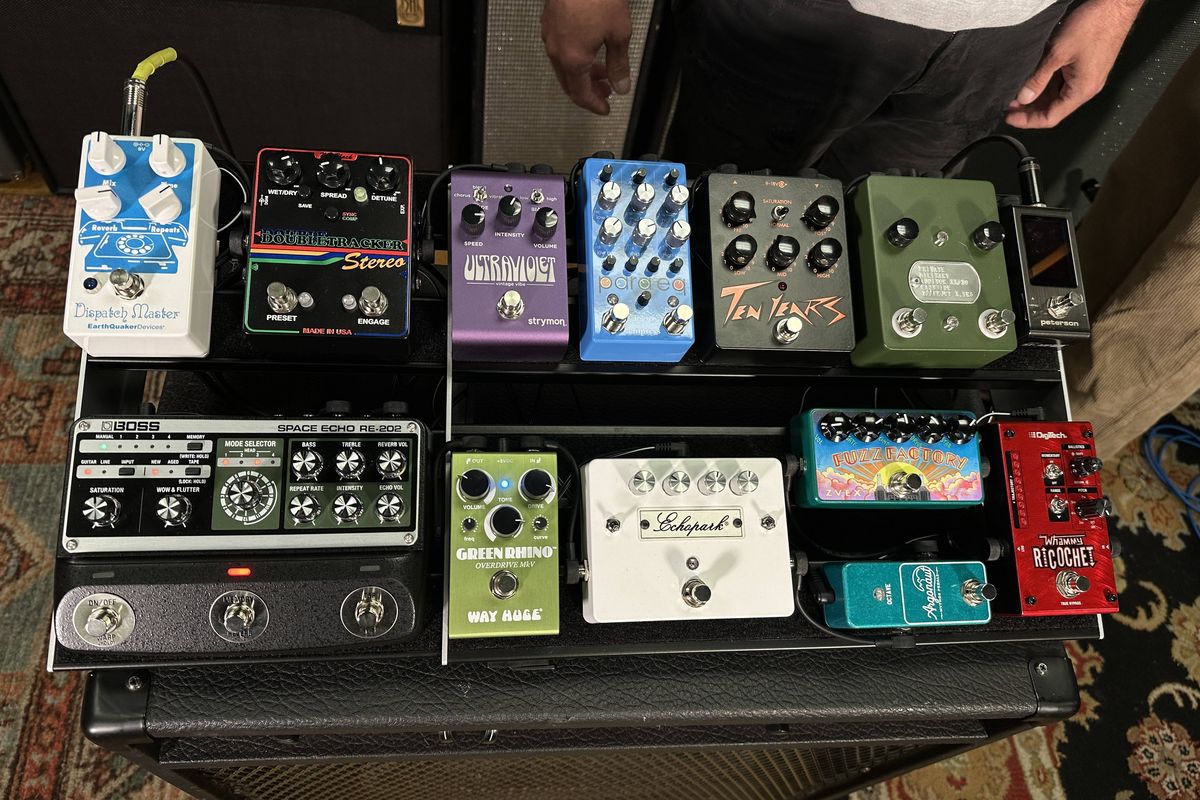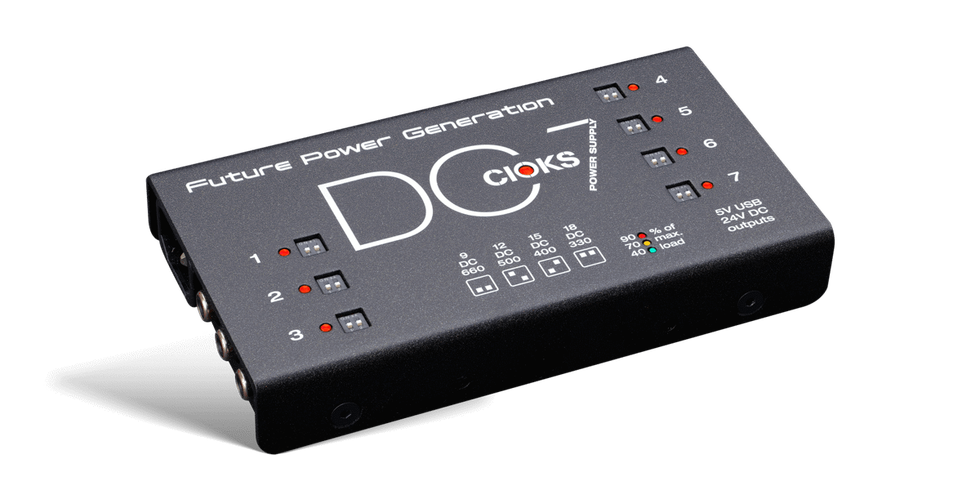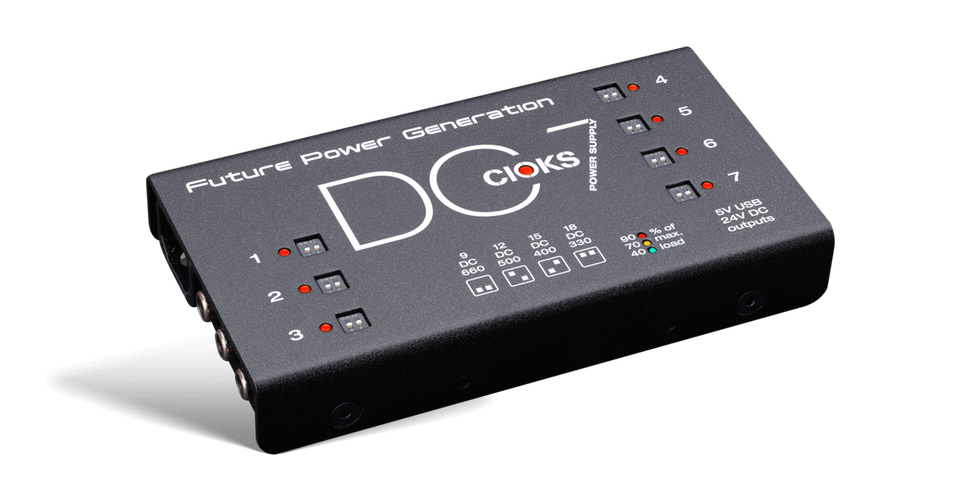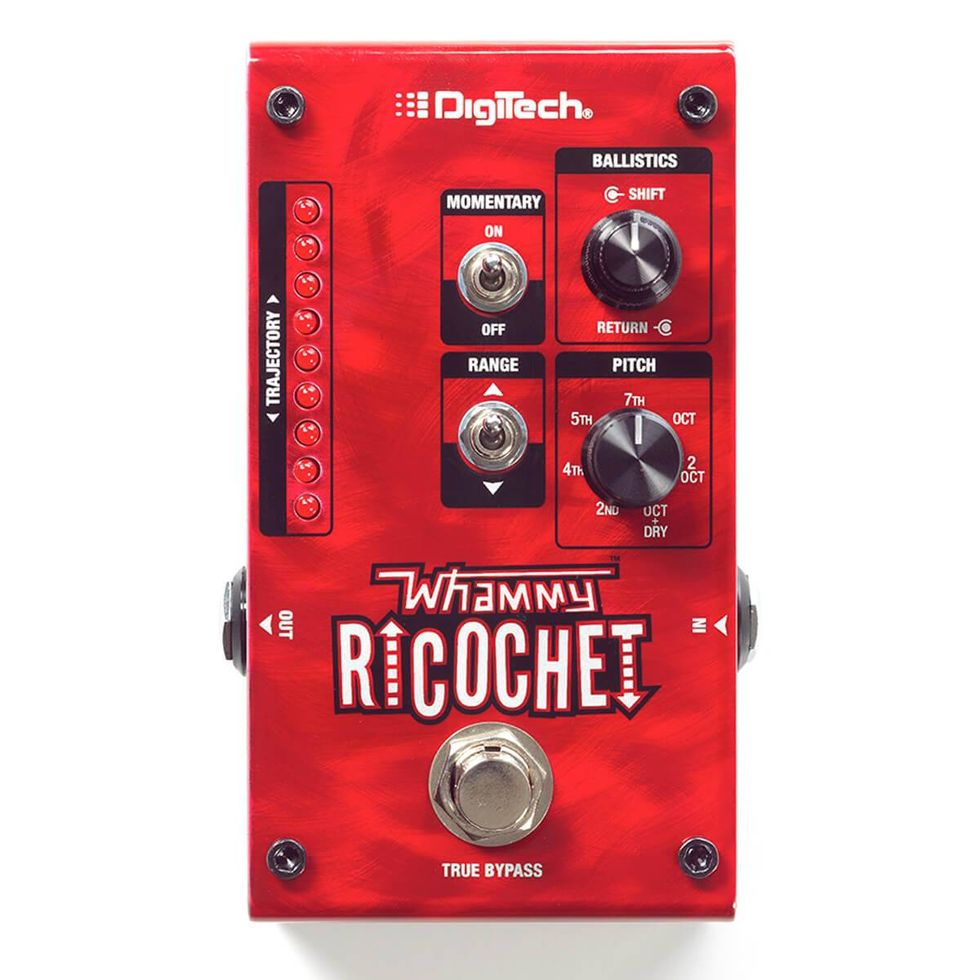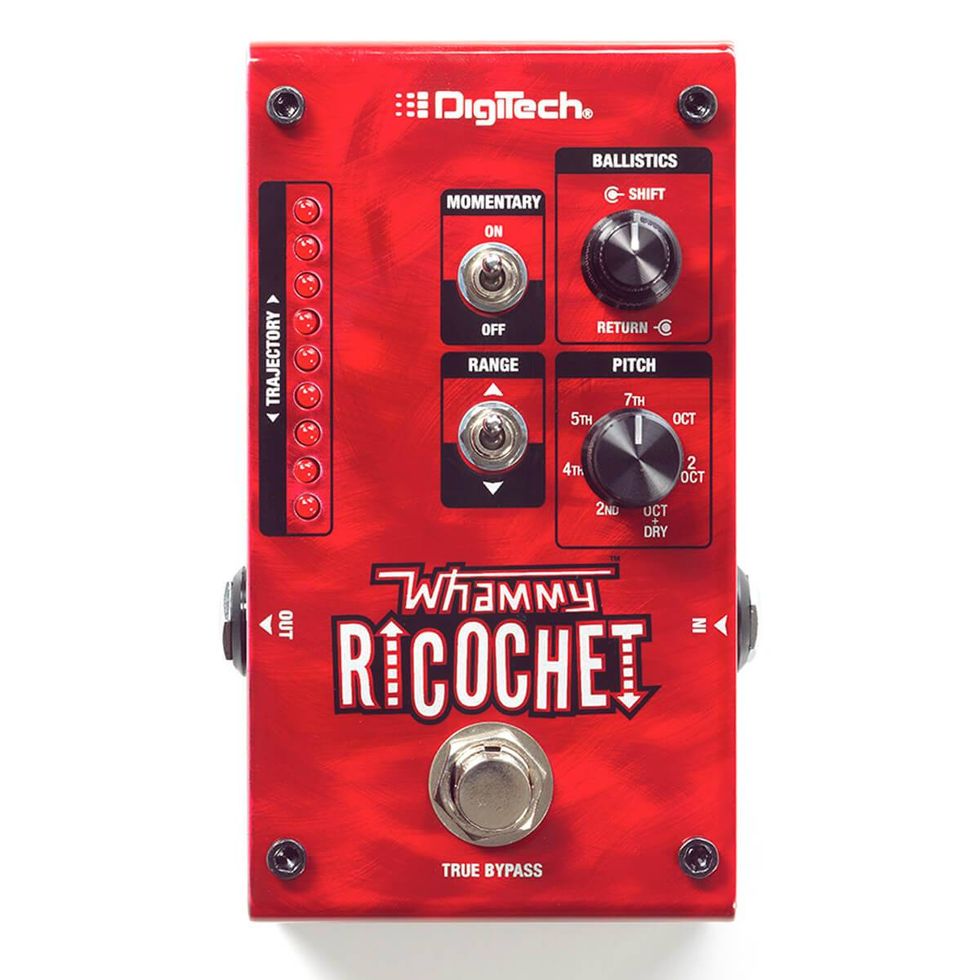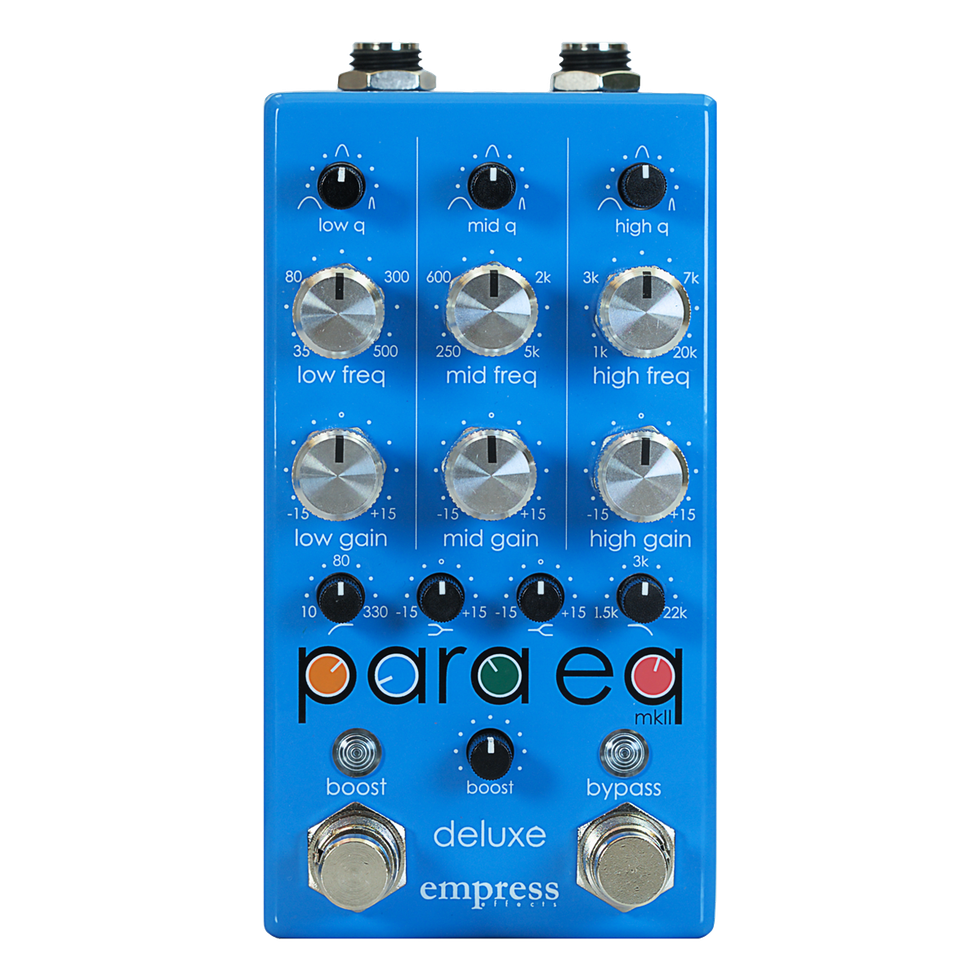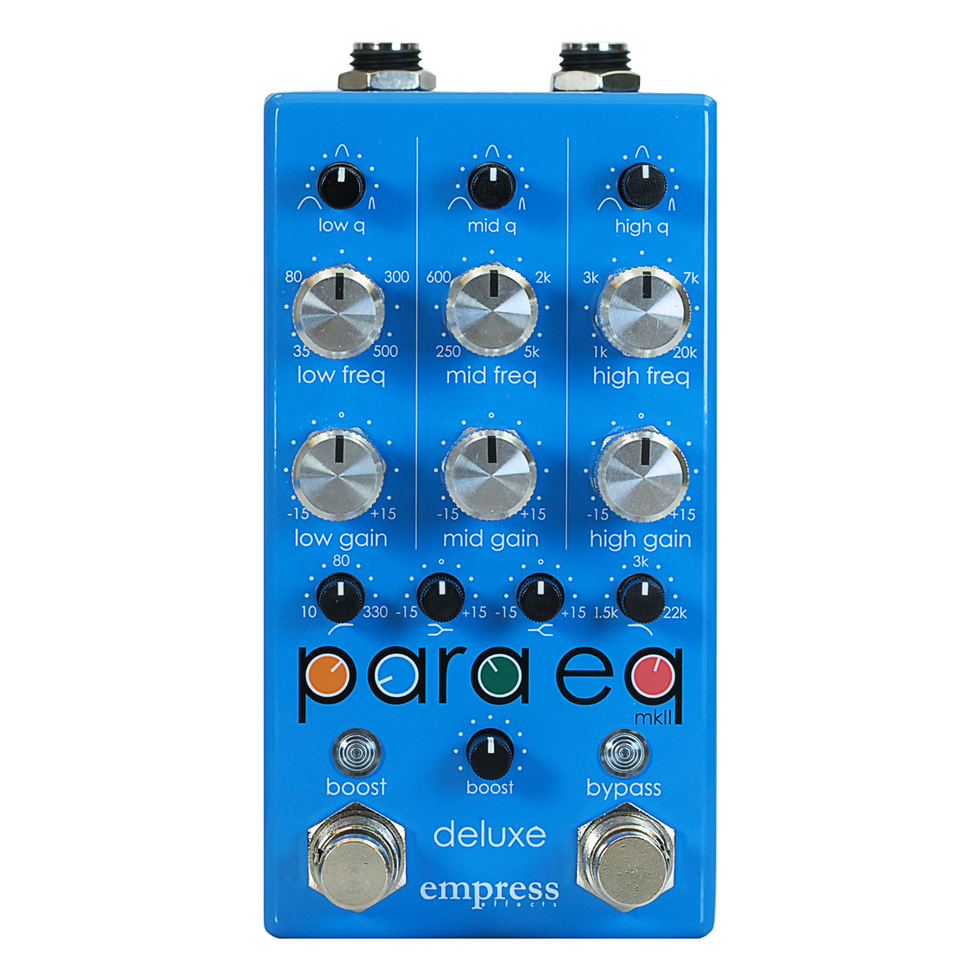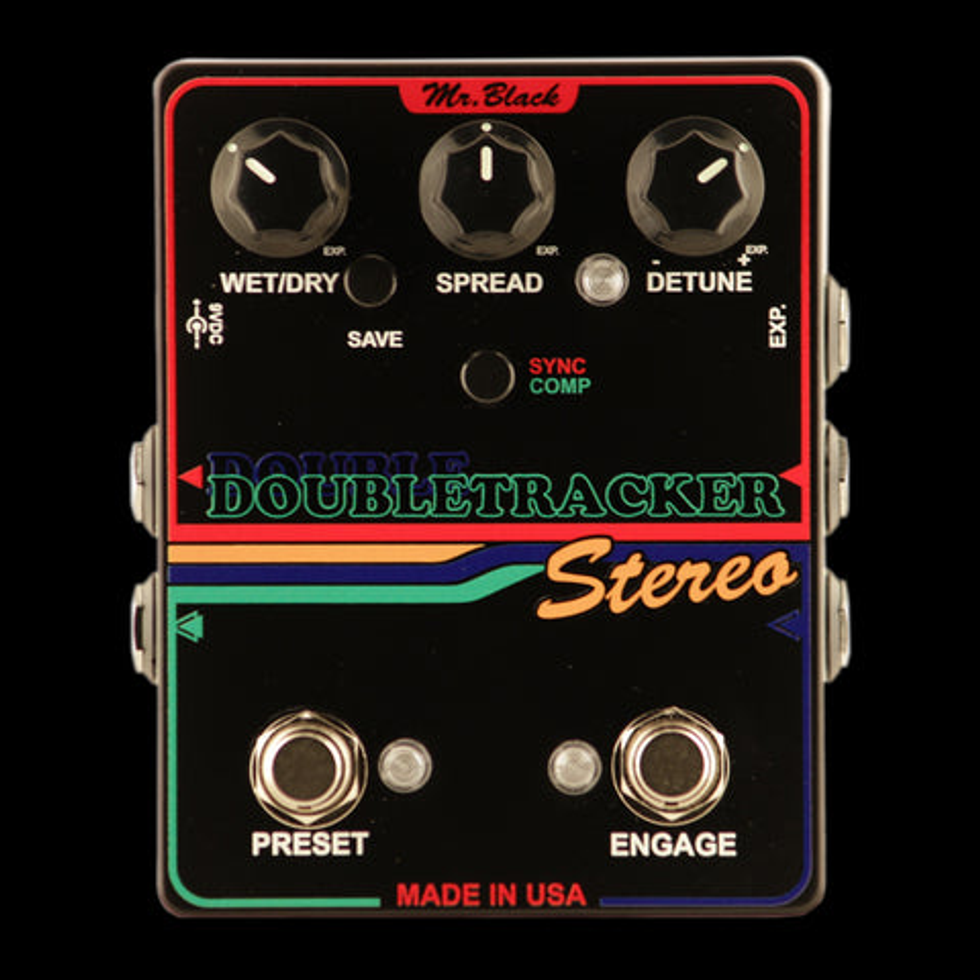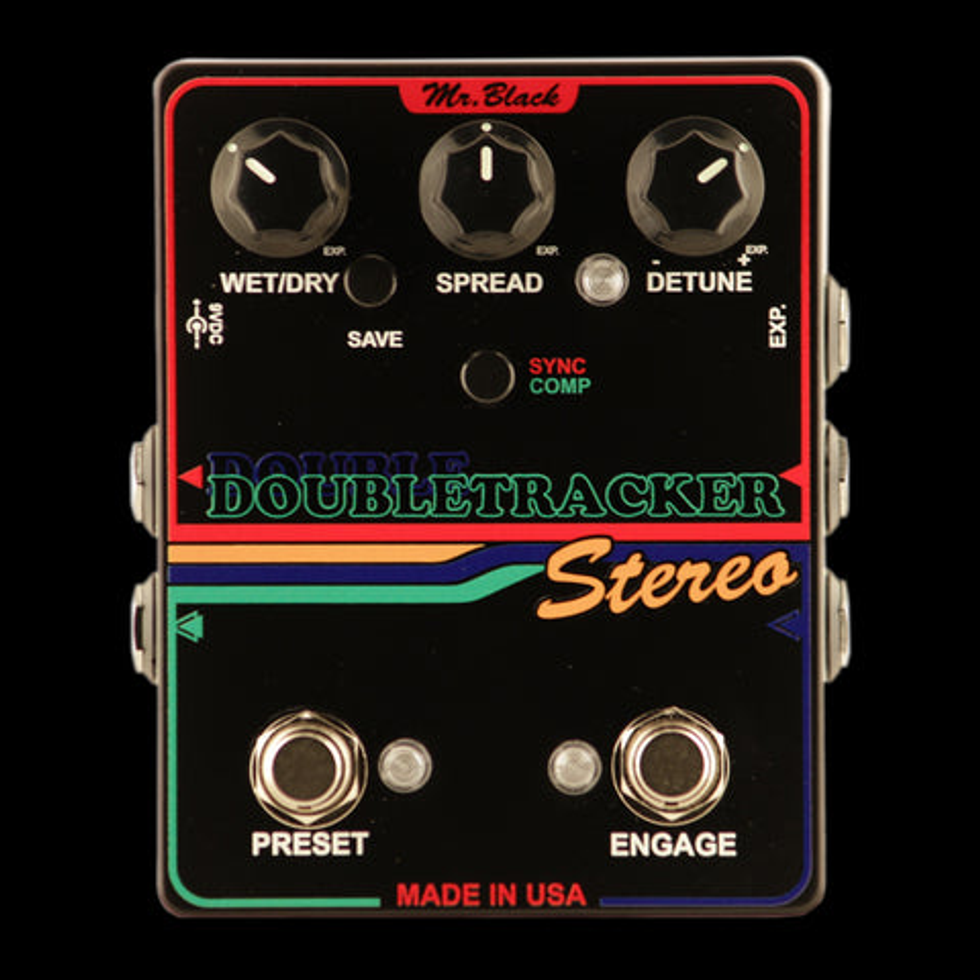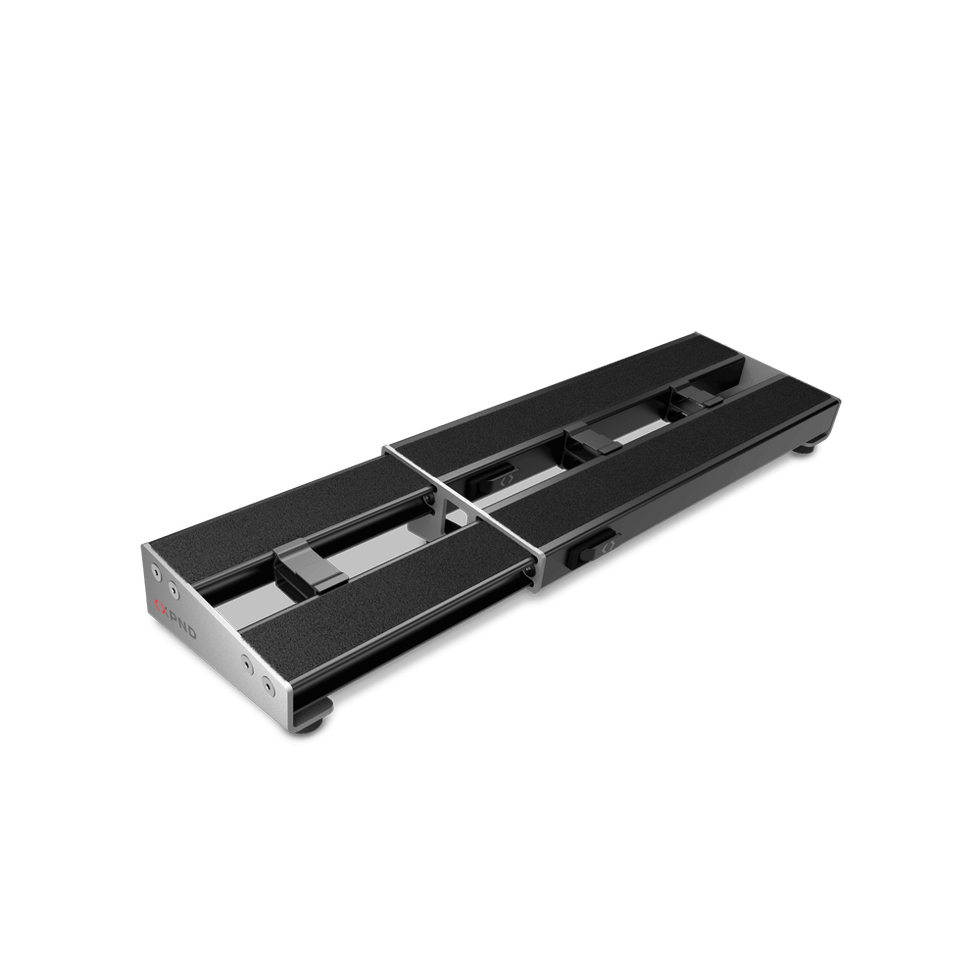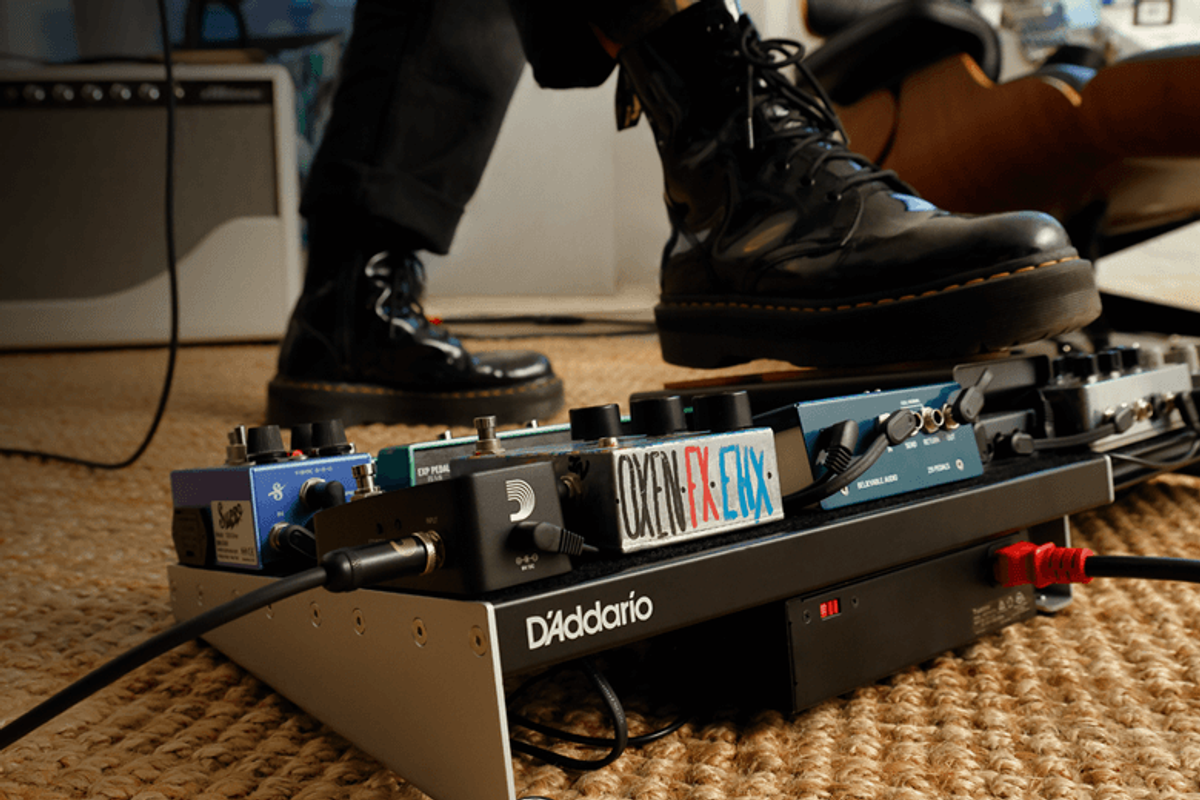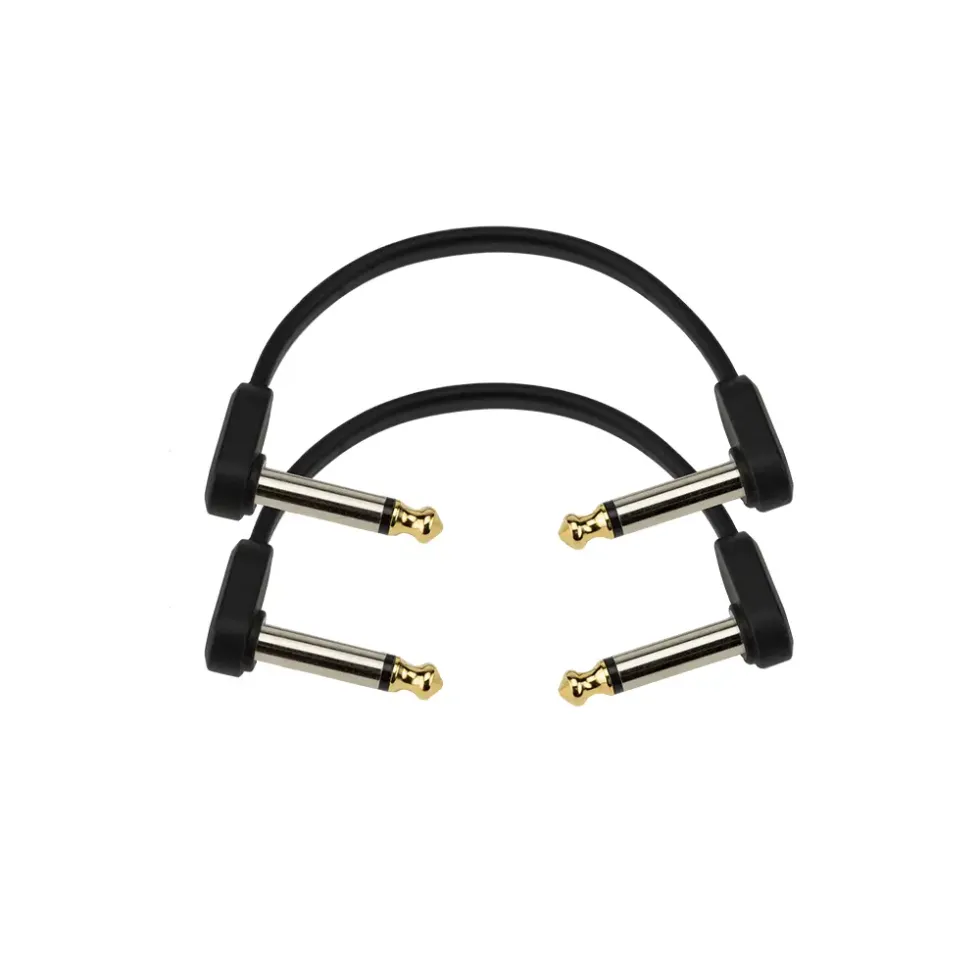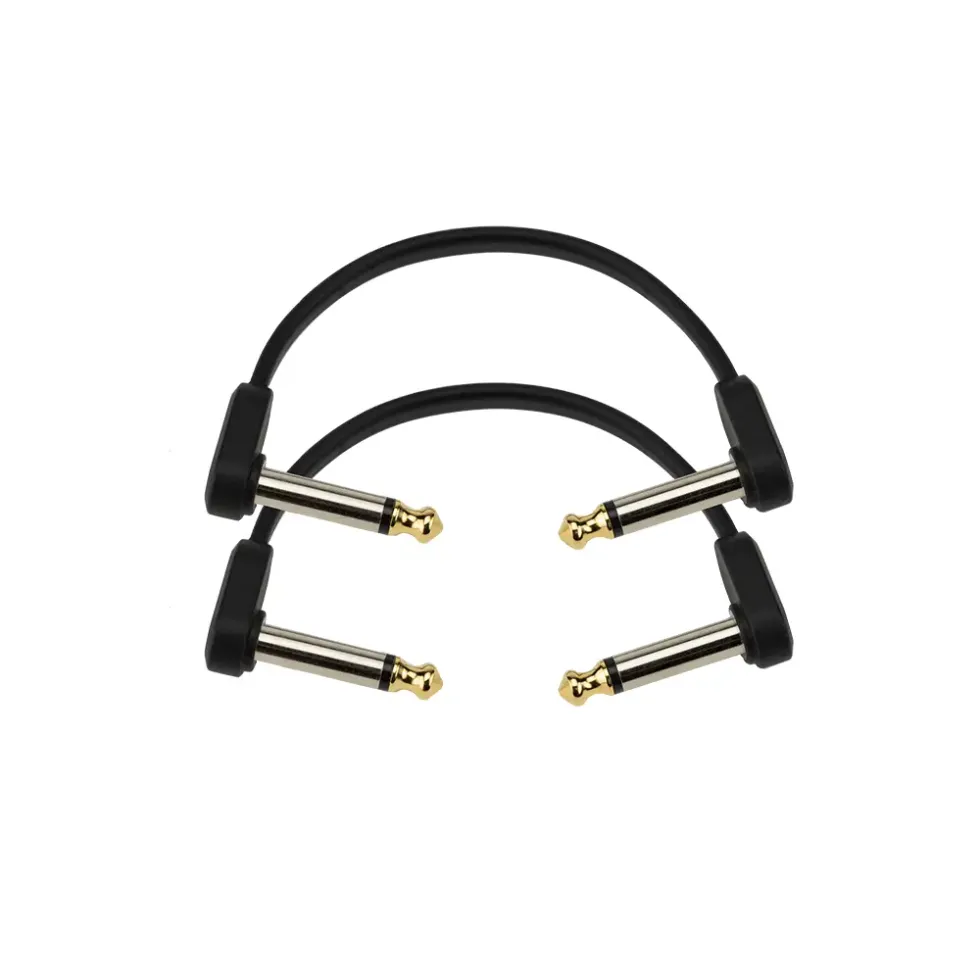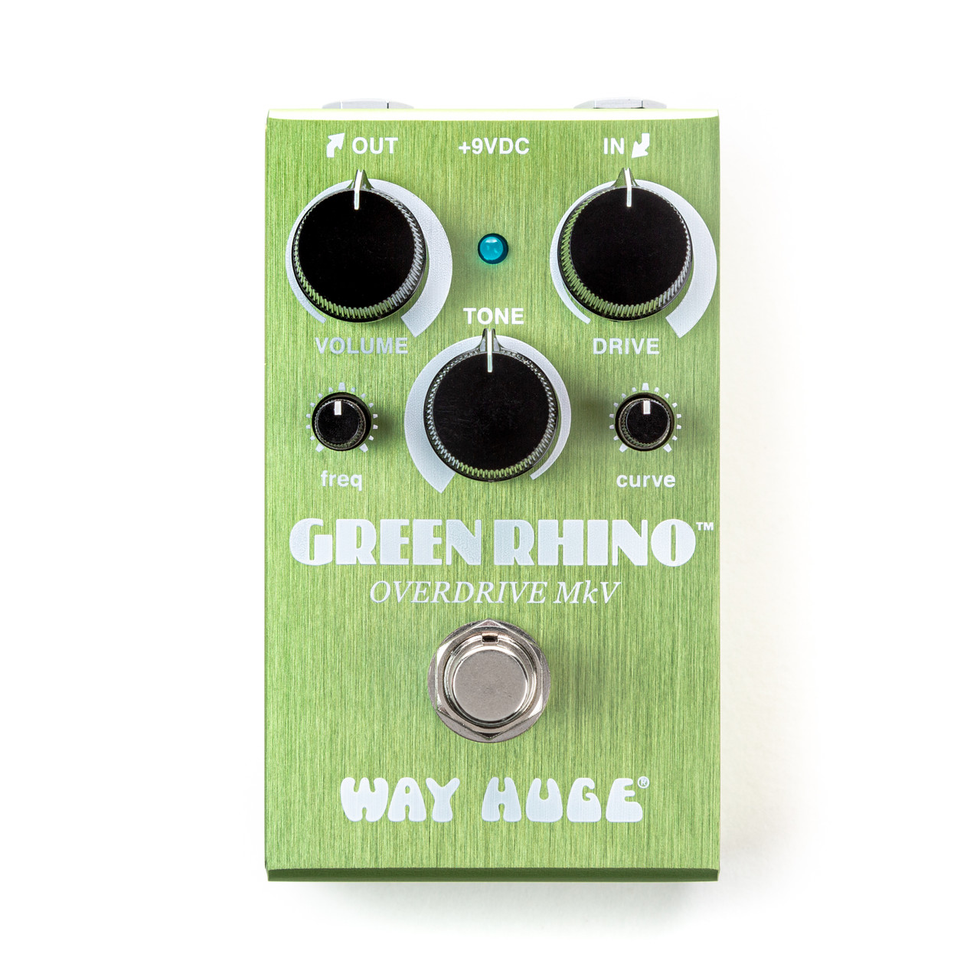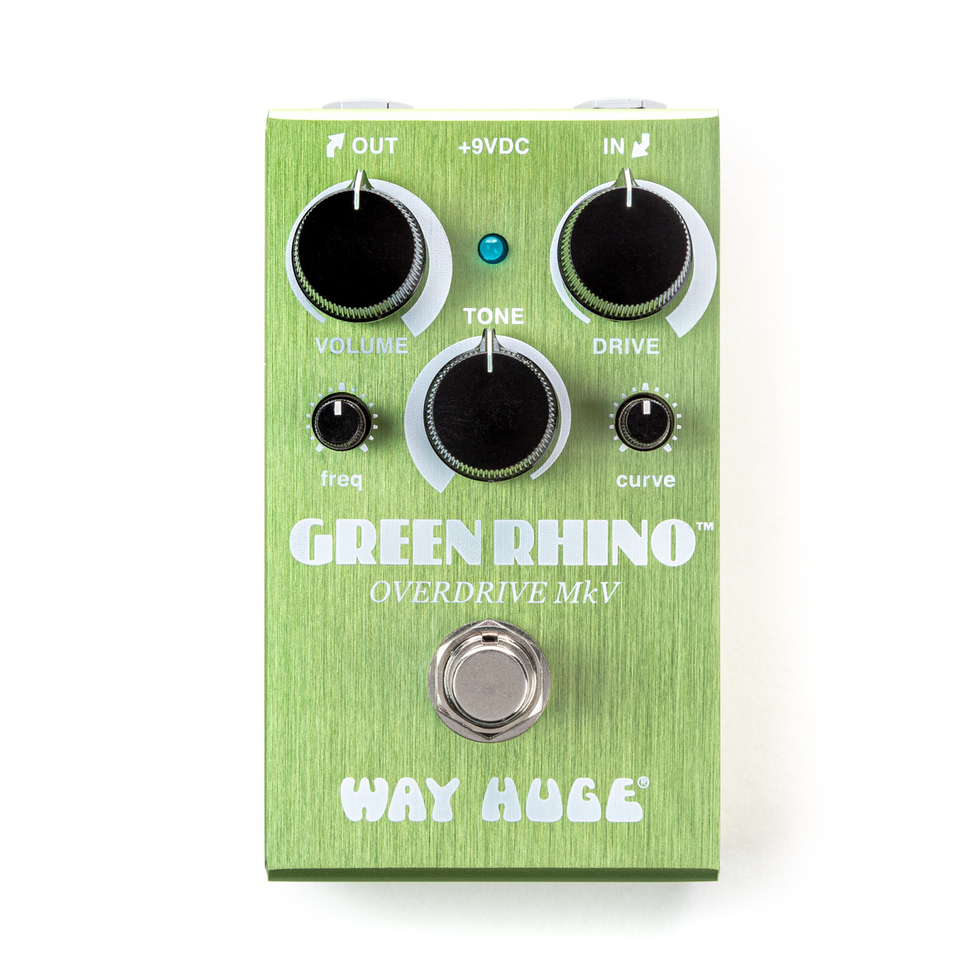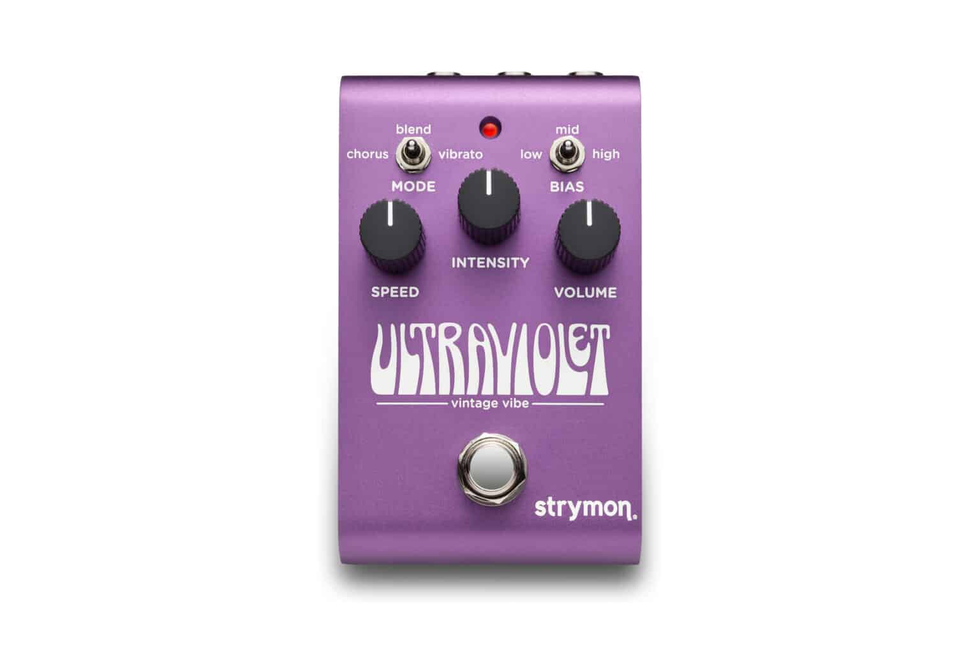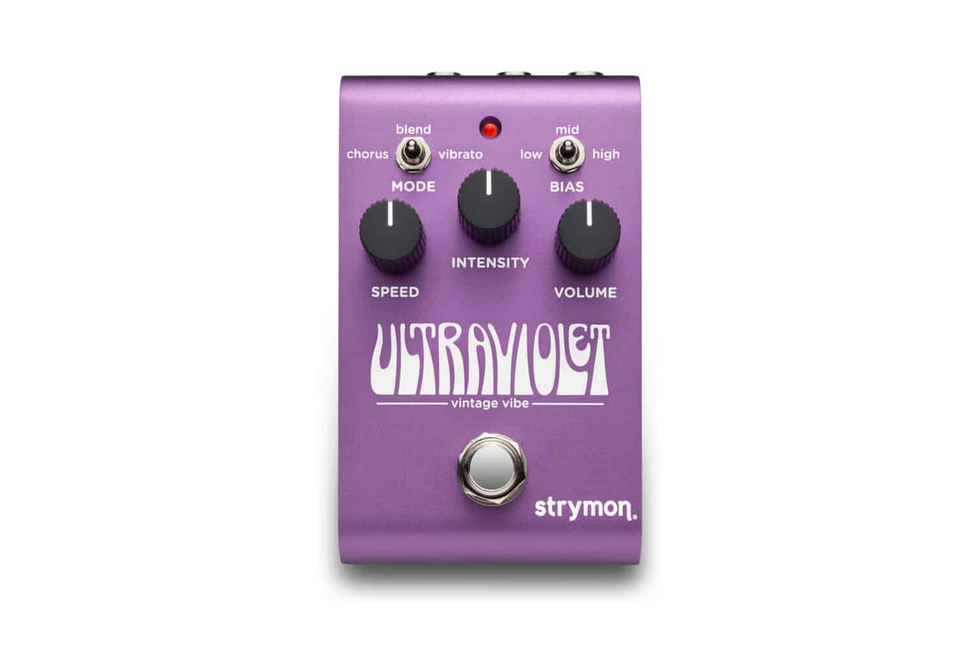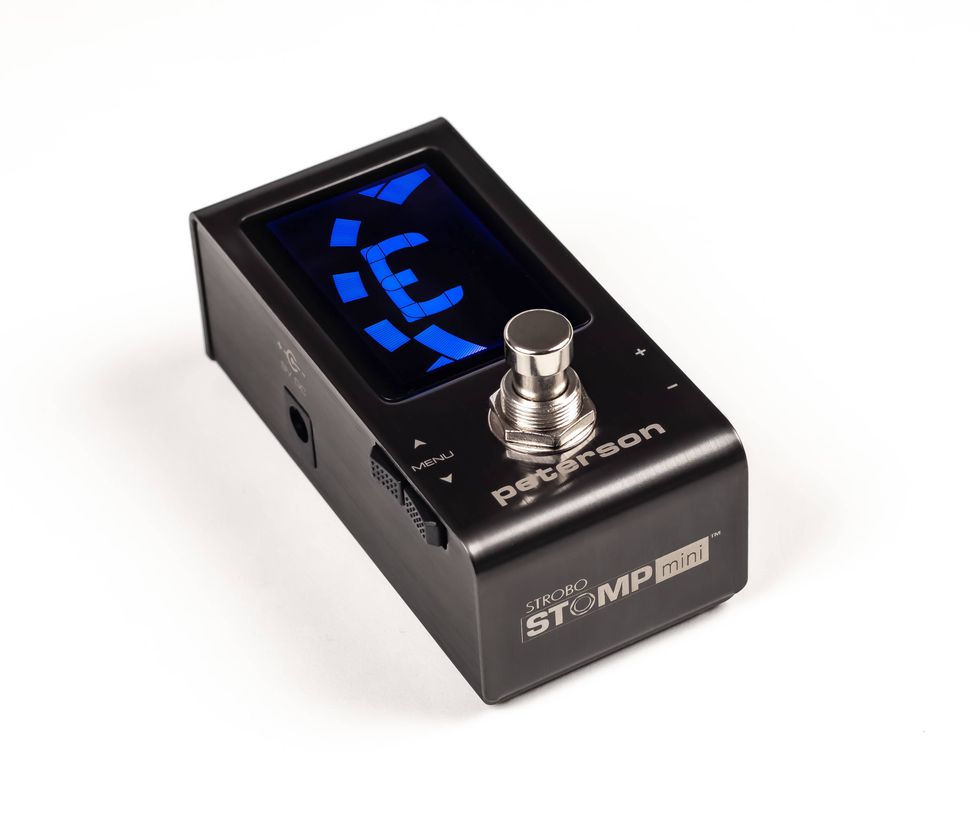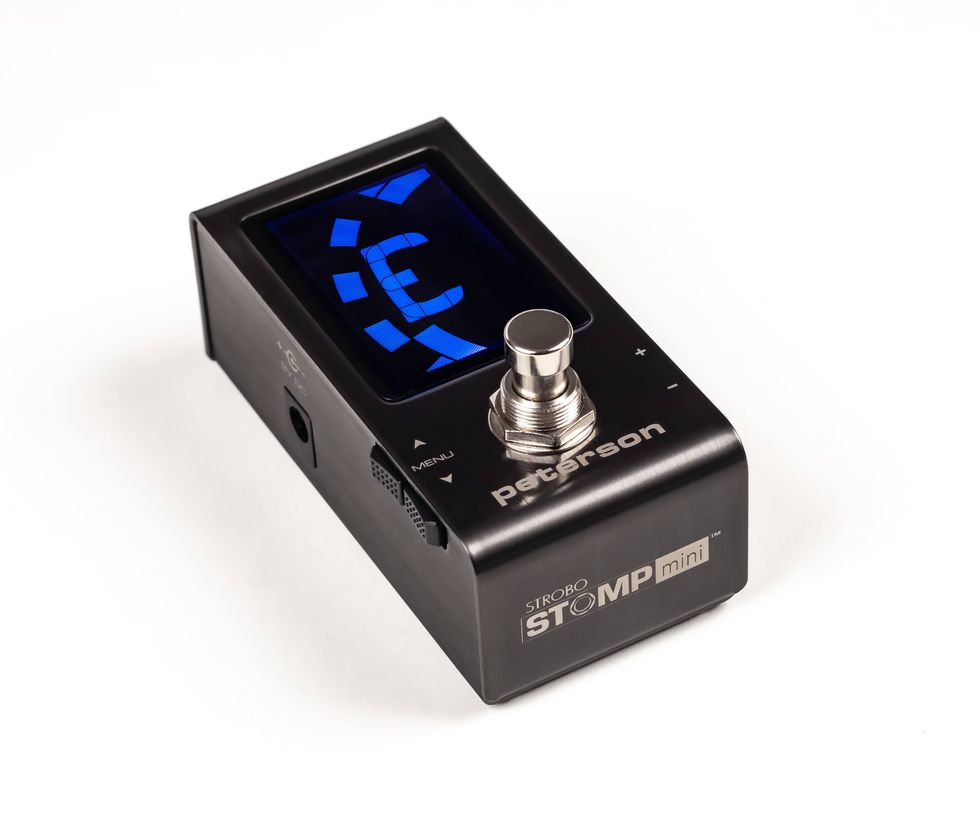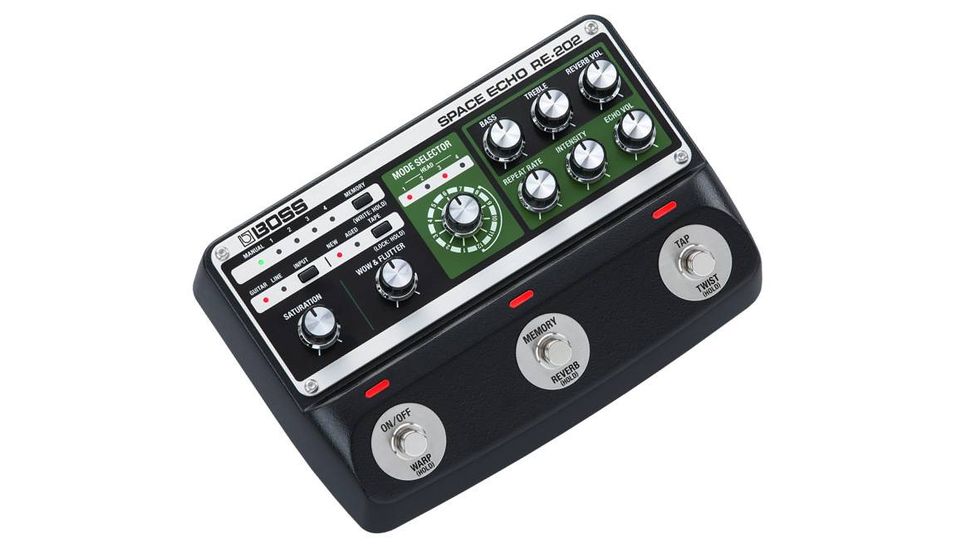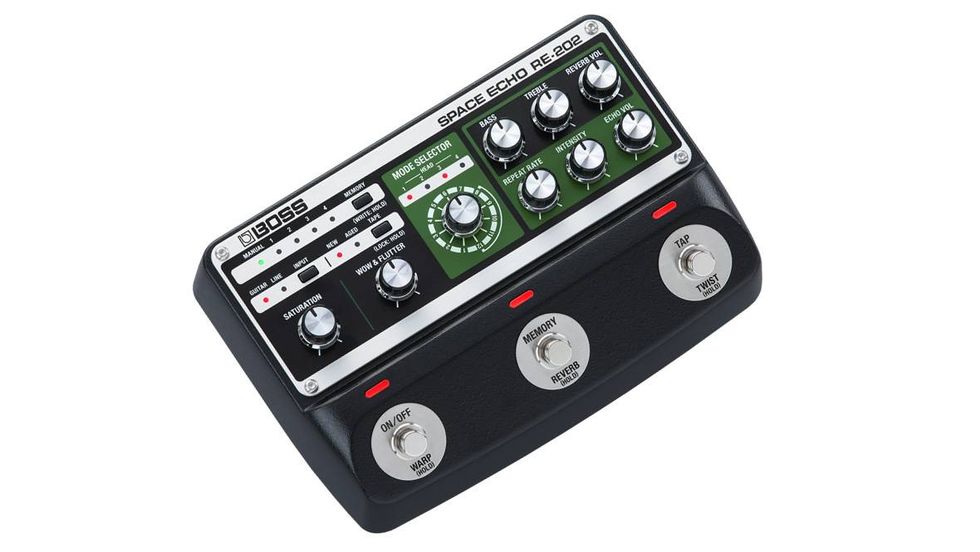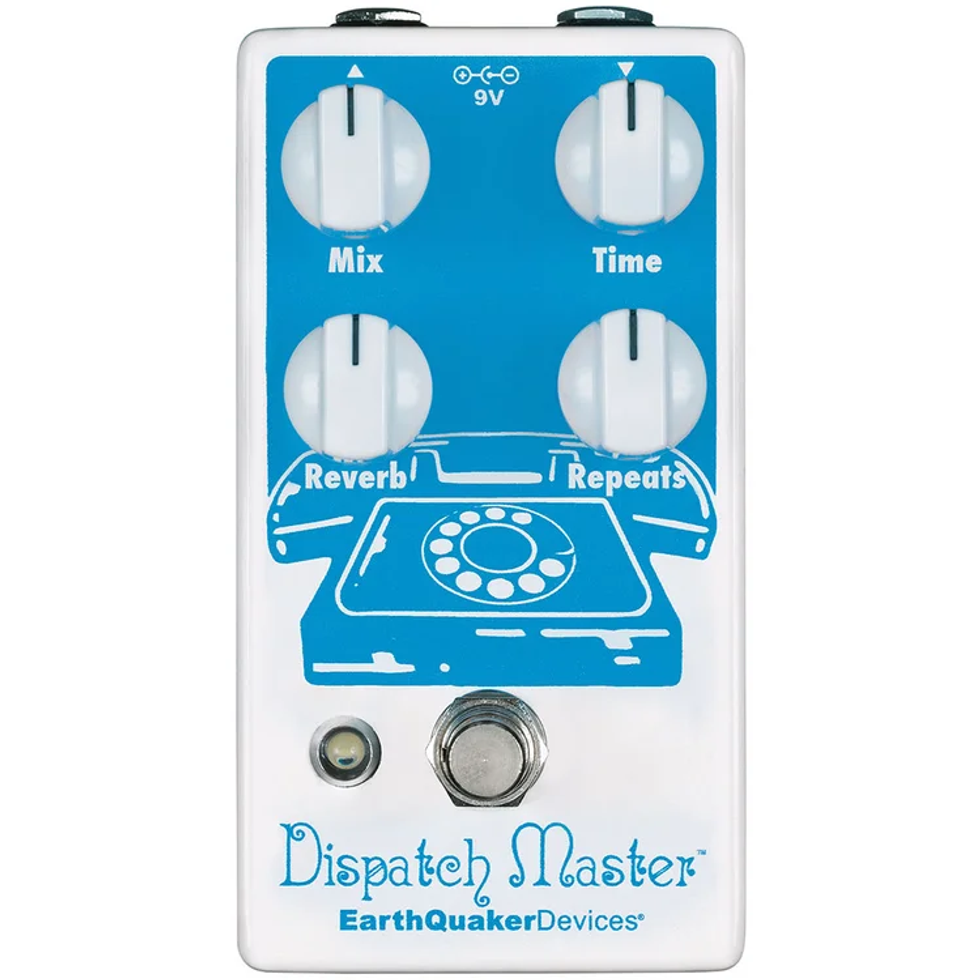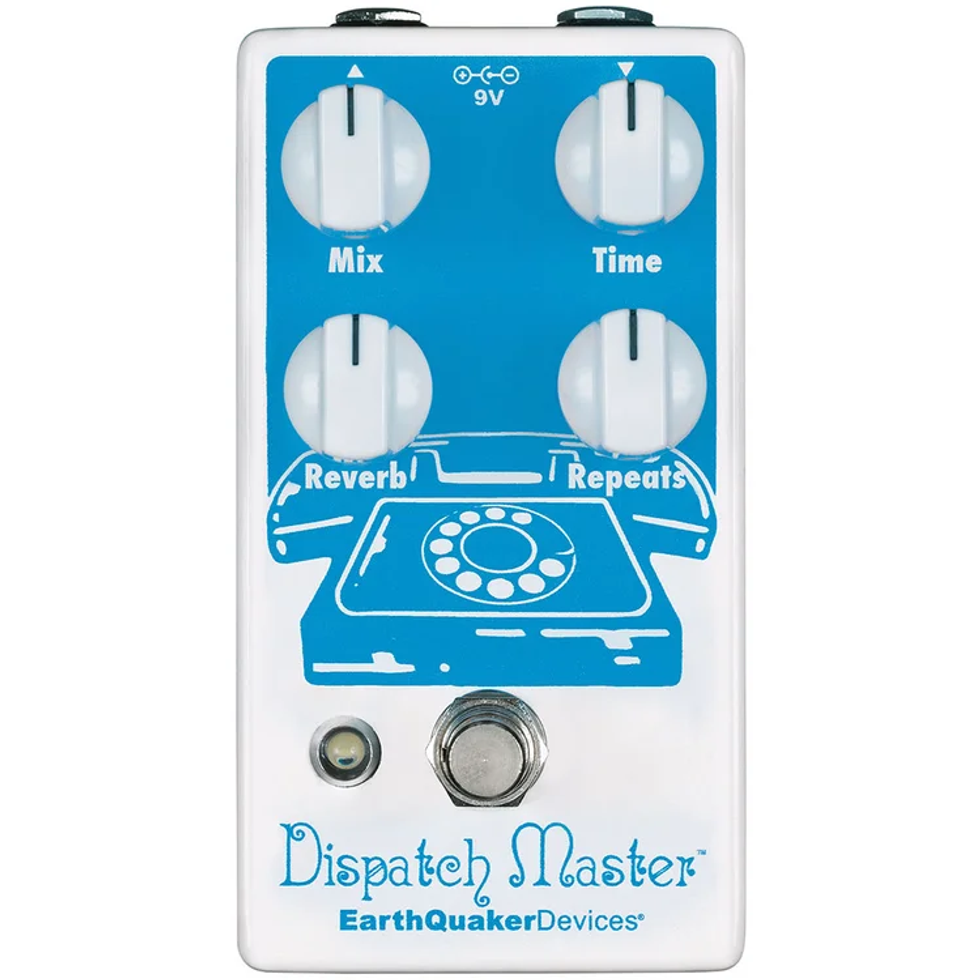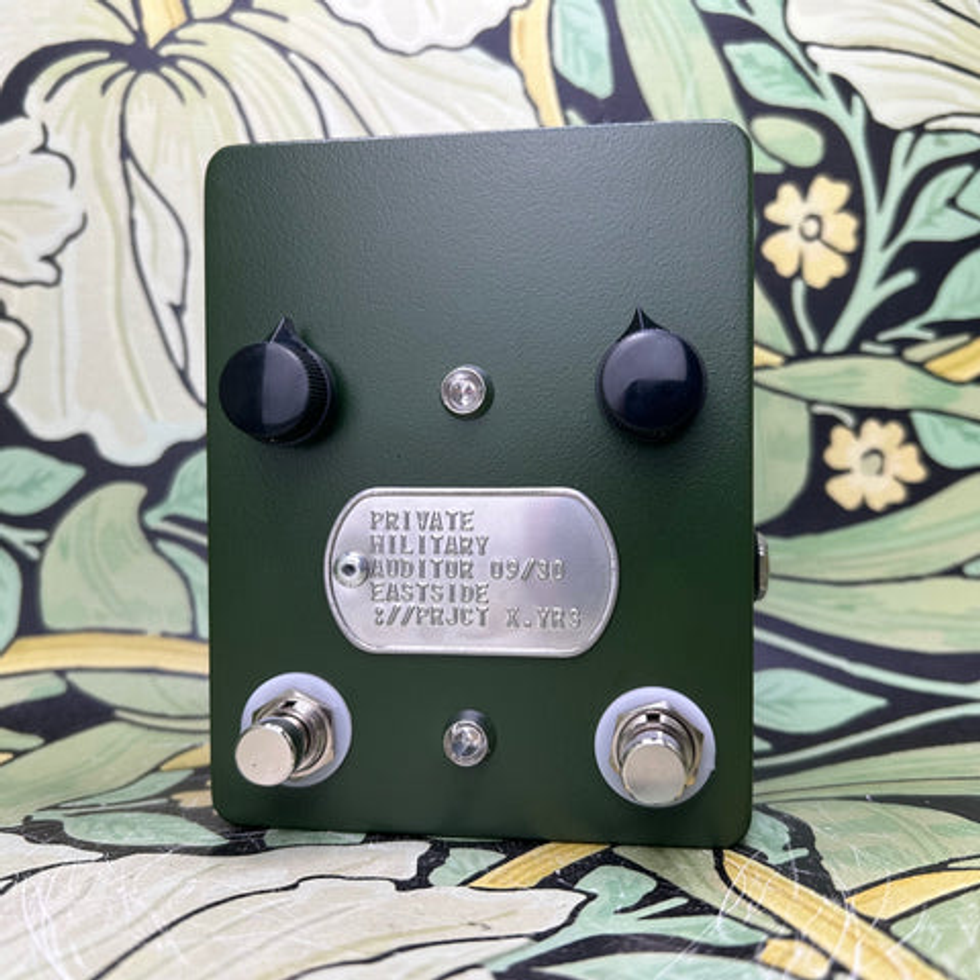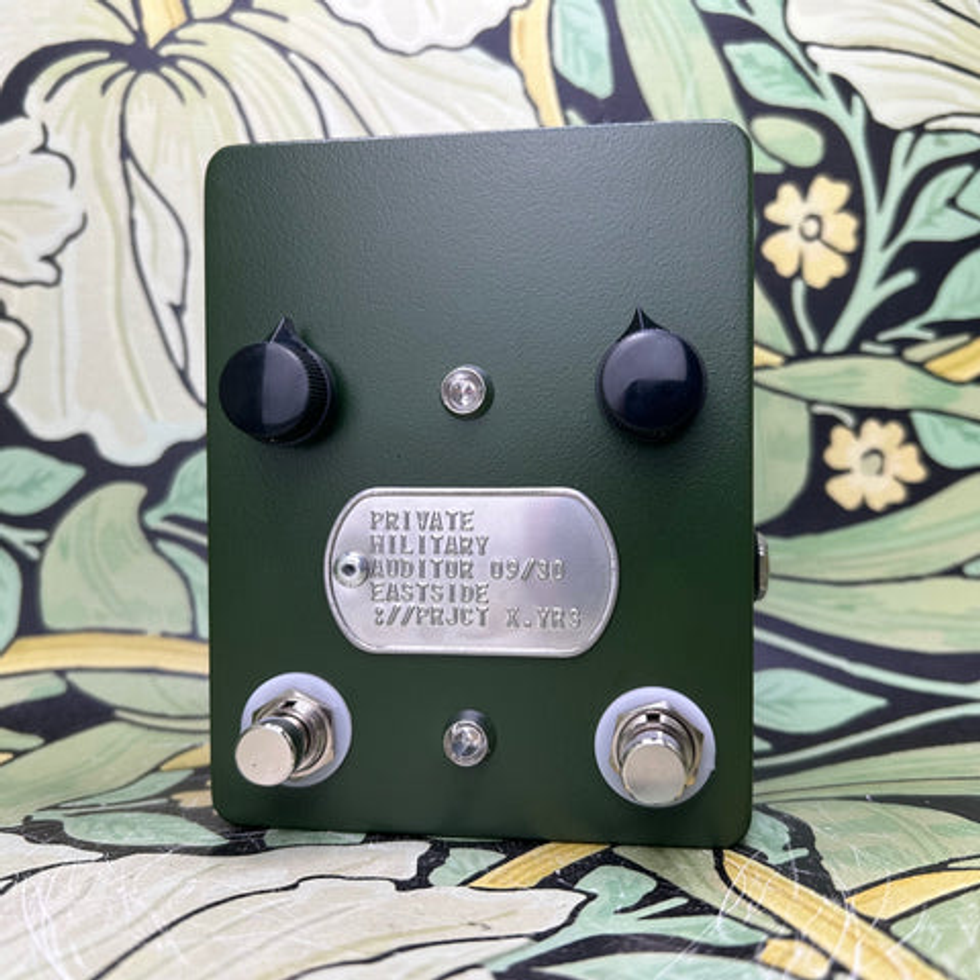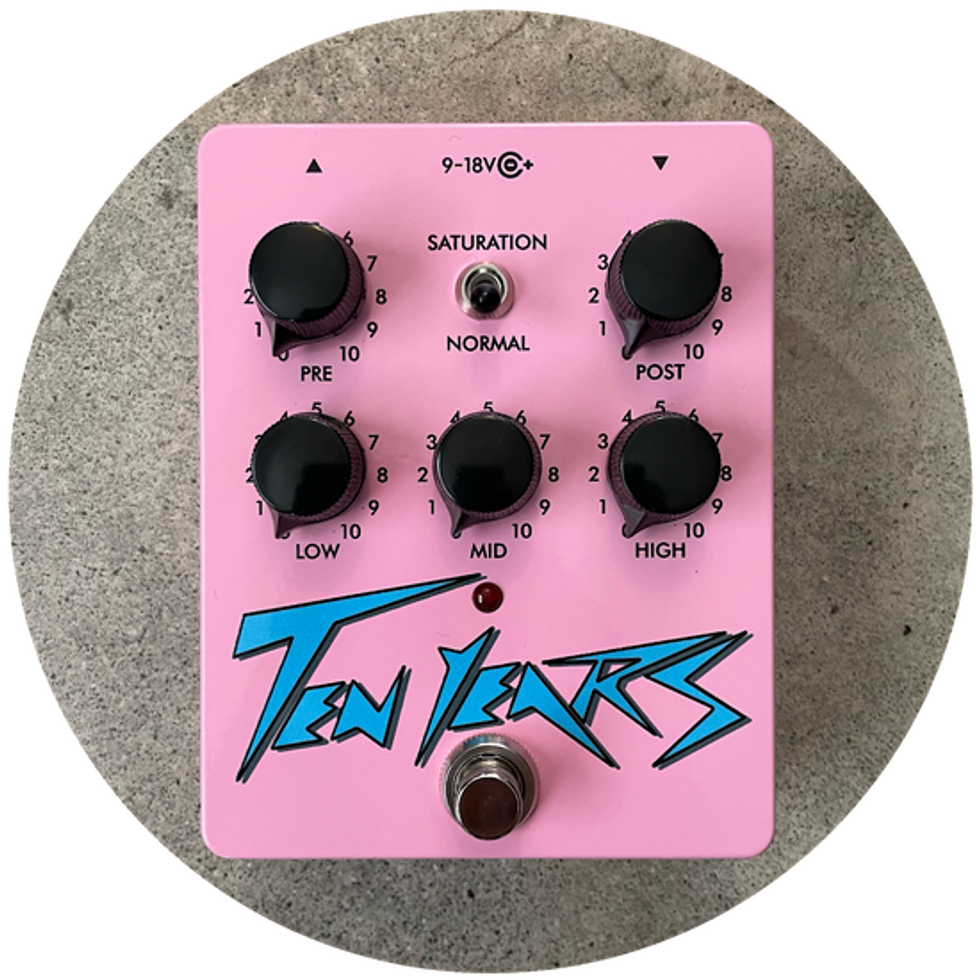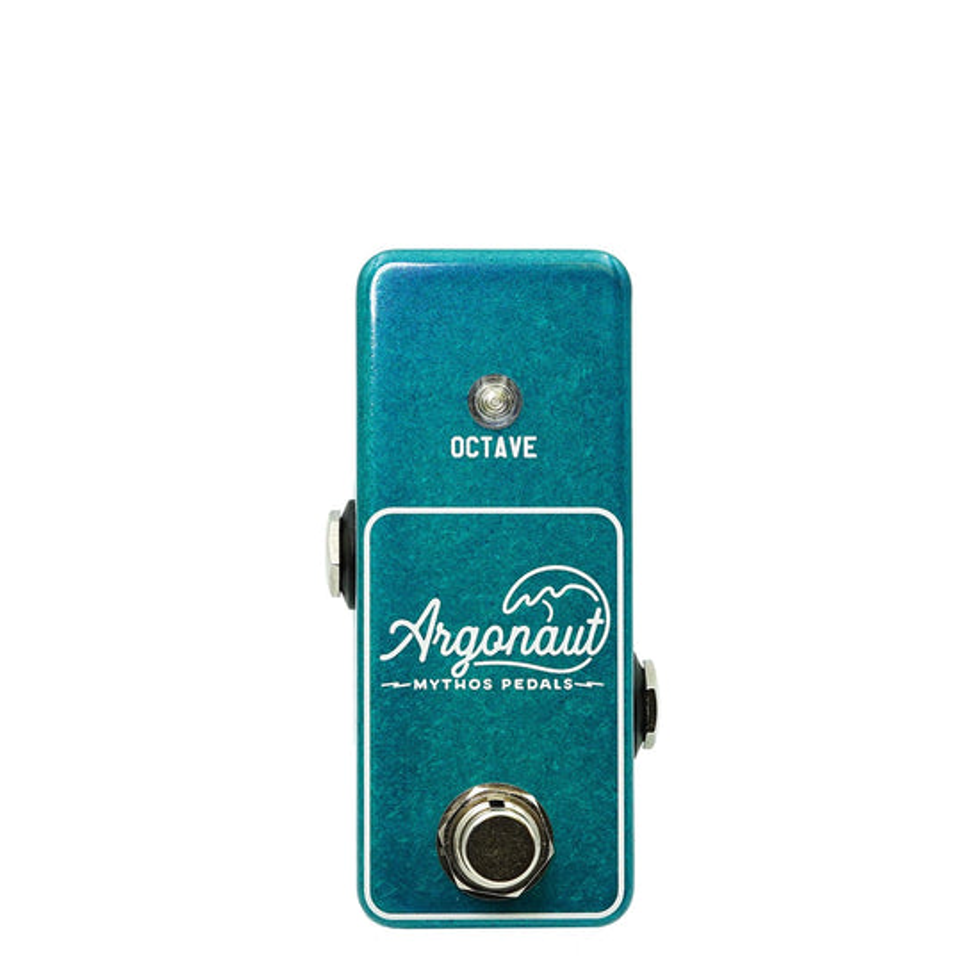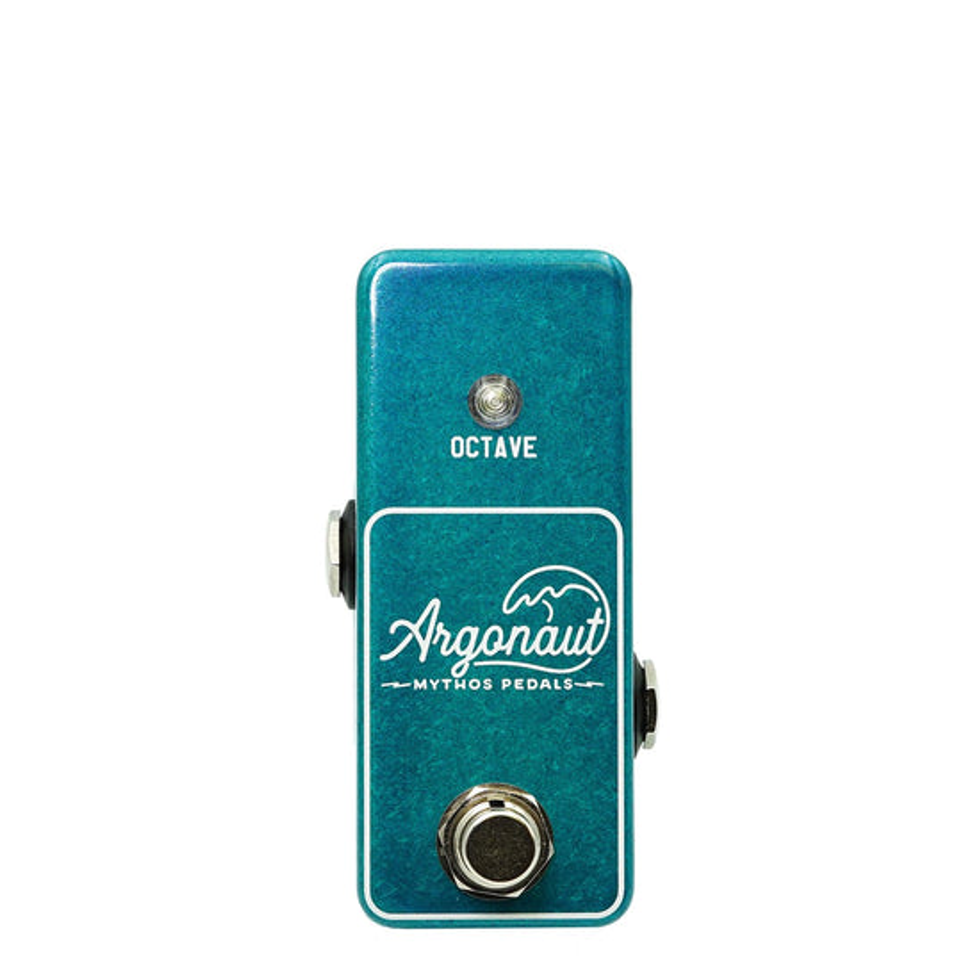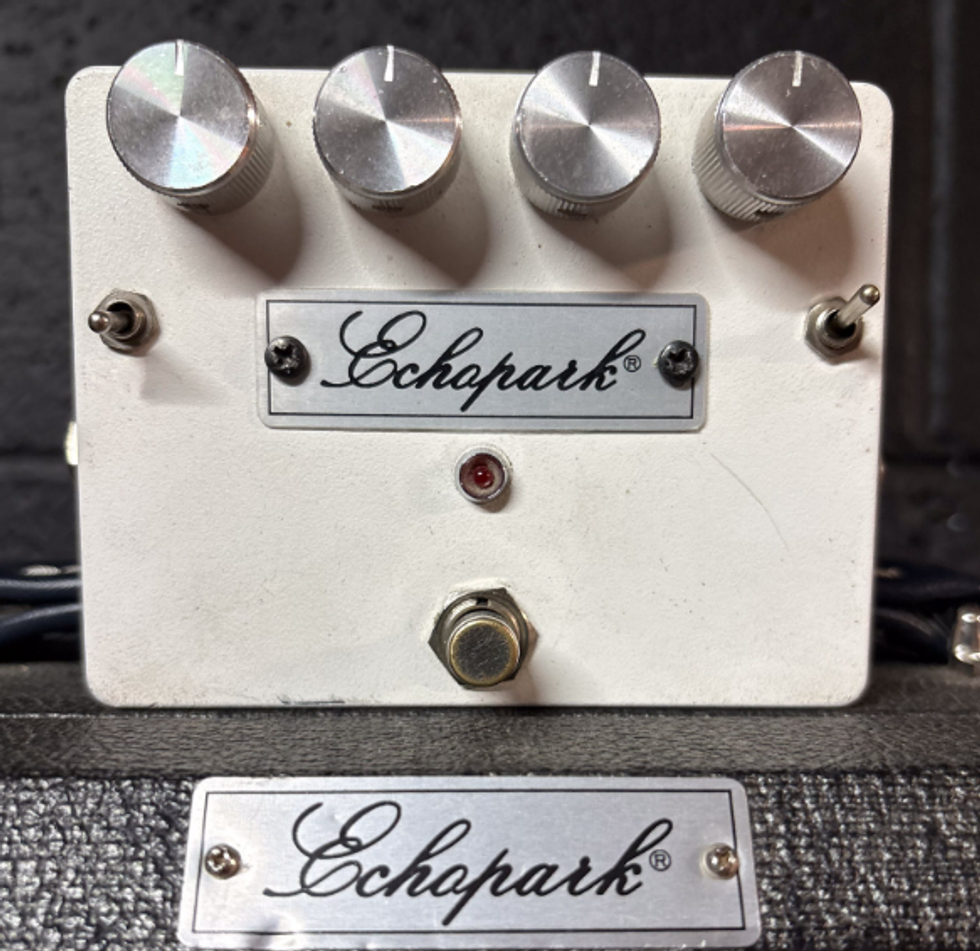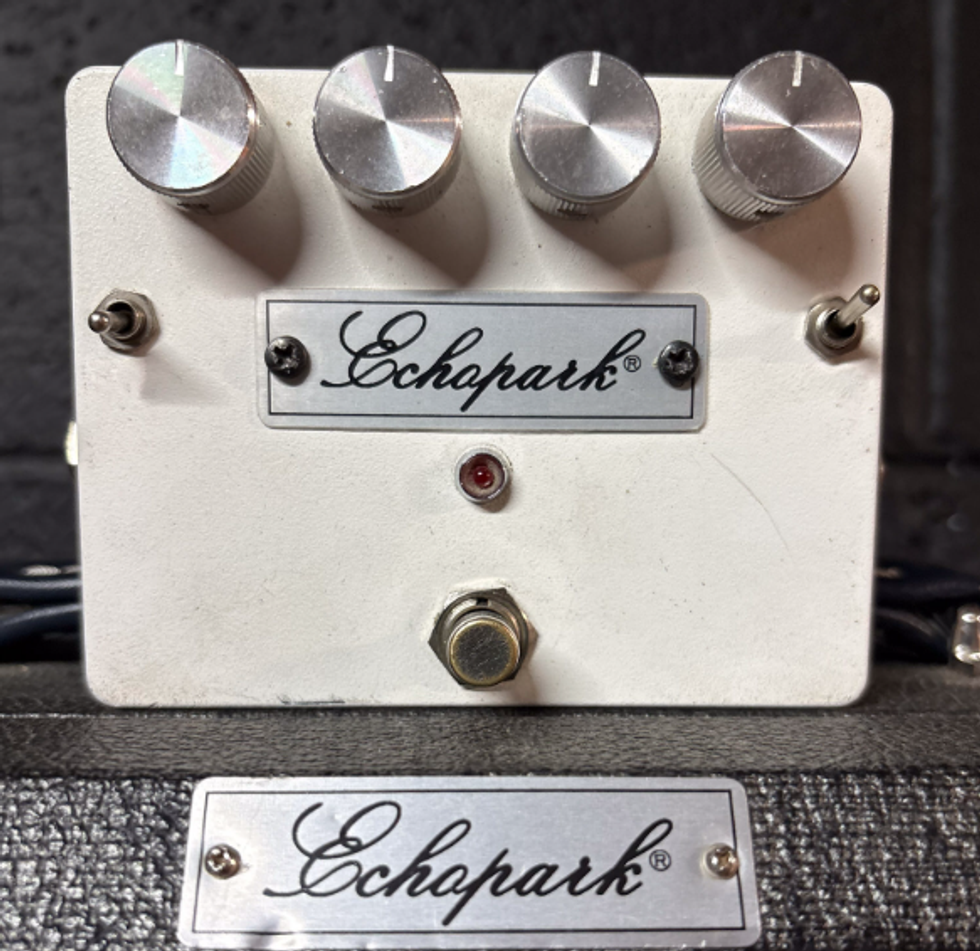The humbucker has been the default Gibson pickup ever since, though there have always been fans of the rough, raw P-90 sound. That’s especially so today, as the P-90 is enjoying renewed popularity—not just in Gibson-flavored guitars, but also in Fender-style instruments and various modern hybrids. Which makes this a great time to revisit the staple design.
The Spirit of ’55
Lollar’s Staple aims to capture the magic of the original. Unlike regular P-90s, where steel pole pieces make contact with an internal coil and magnet, the staple’s pole pieces are themselves elongated rectangular magnets that extend through the coil. Gibson probably created the design to compete with the brighter tones of the DeArmond pickups in rival Gretsch guitars, not to mention those newfangled Fenders. And sure enough, the design yields better string-to-string differentiation and improved high-end detail.
I installed the Lollar Staple in the neck position of PG’s house P-90 guitar, a recent-model Gibson SG Traditional. (Staple pickups have the same dimensions as P-90s, so they’re an easy retrofit.)
But before performing the swap, I made benchmark recordings with the factory neck pickup to better gauge how the Staple pickup might alter the character of a P-90 guitar.
Ratings
Pros:
An elegant, more hi-fi alternate to a traditional P-90. Works great with a P-90 bridge pickup. Looks bitchin’.
Cons:
None.
Tones:
Build/Design:
Value:
Street:
$145
Lollar Staple P-90 Pickup
lollarguitars.com
Screw vs. Staple
You definitely hear a difference! Staple pickups are sometimes described as “twangier” P-90s, but I don’t feel that’s quite the right description. The Lollar Staple isn’t unduly bright, and it certainly sounds nothing like a vintage Fender pickup. (If that’s your goal, check out Lollar’s Alnico Pole P-90, which is sort of a Fender single-coil in soapbar clothing.) For me, “extended range P-90” is a better description. There’s a greater sense of “air” on top, and the individual notes in chords speak more clearly. When toggling between my P-90 and Staple test recordings, the latter have more snap and presence, and the P-90s can feel dull in comparison. Yet the Staple sound blends well with a typical P-90 bridge pickup. You just get a bit more air and clarity in the combined position.
However, my demo clips feature the Staple alone, because your P-90 bridge pickup might not sound like ours. Vintage P-90s can display significant tone and output variations from unit to unit, and modern winders interpret the P-90 in varying ways. But on average, staples and P-90s have similar output. (In Lollar Land, a standard P-90 is wound to 8.2k, just a tad less hot than their Staple’s 8.9k.)
Rough or Refined?
It’s not terribly hard to decide whether a Staple pickup is a good option for you. If you have a P-90 guitar, chances are you dig the pickups’ rude attitude and have made peace with the fact that, like all single-coils, they’re a bit noisier than humbuckers. With a Staple swap, you can remain as nasty as you want to be at the bridge, but you have the option of clearer and prettier neck pickup sounds, plus a bit more openness when blending neck and bridge. It’s strictly a matter of taste. (I don’t happen to own a P-90 guitar right now, but if I did, I’d definitely consider the Staple switch.)
The Verdict
The Alnico V design is a classy, relatively hi-fi alternative to the traditional P-90, and Lollar’s gorgeous-sounding Staple P-90 is a stellar incarnation of the design. If you like the basic P-90 flavor but feel it might benefit from a touch of treble clarity at the neck, it may be time for a transplant.













![Rig Rundown: AFI [2025]](https://www.premierguitar.com/media-library/youtube.jpg?id=62064741&width=1245&height=700&quality=70&coordinates=0%2C0%2C0%2C0)












 Shop Scott's Rig
Shop Scott's Rig

